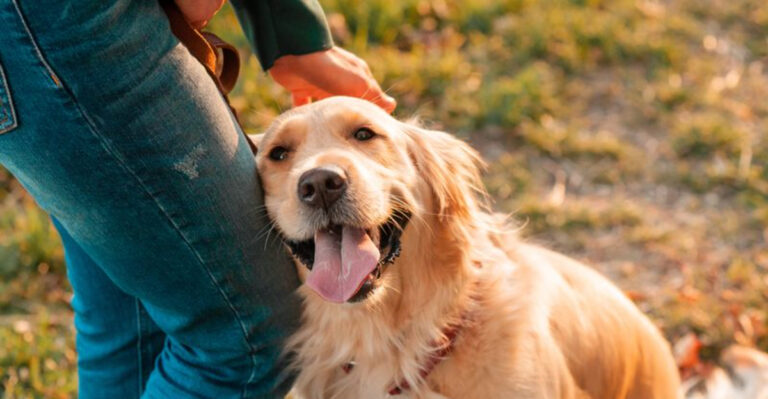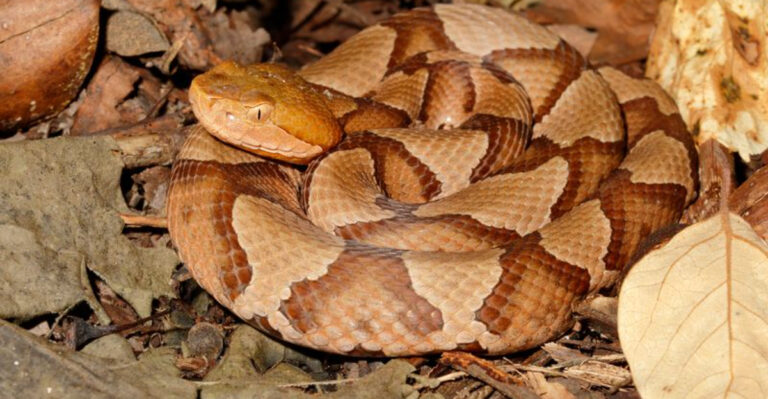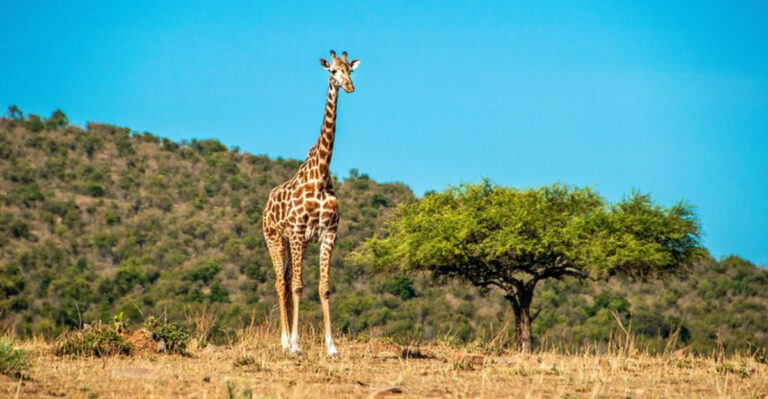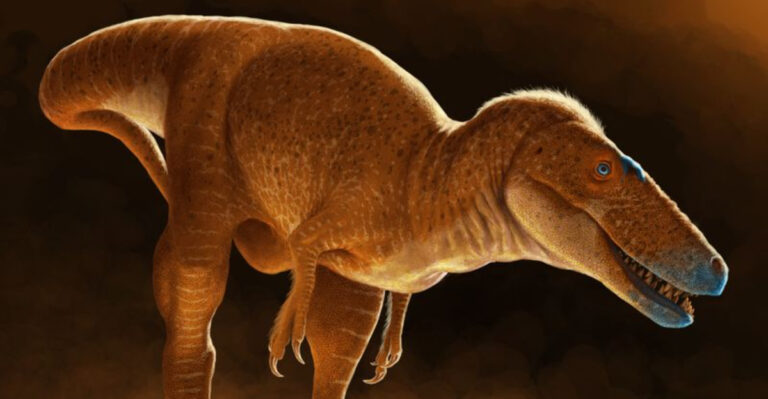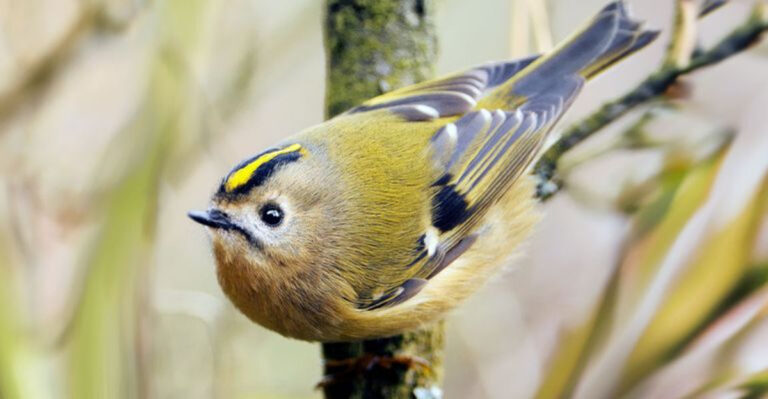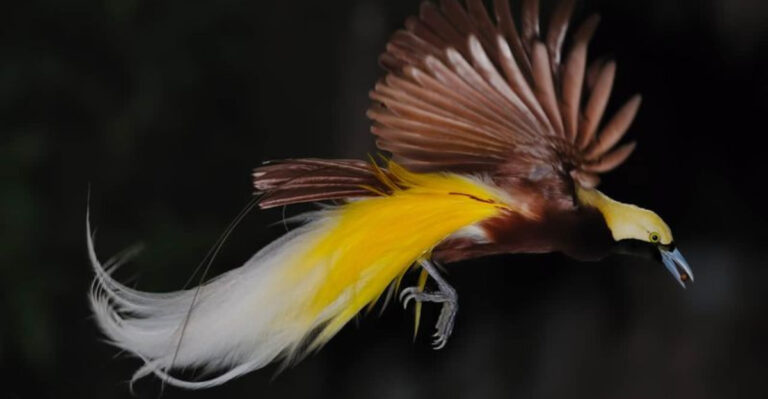All About The Largest Moose Ever Caught In Alaska
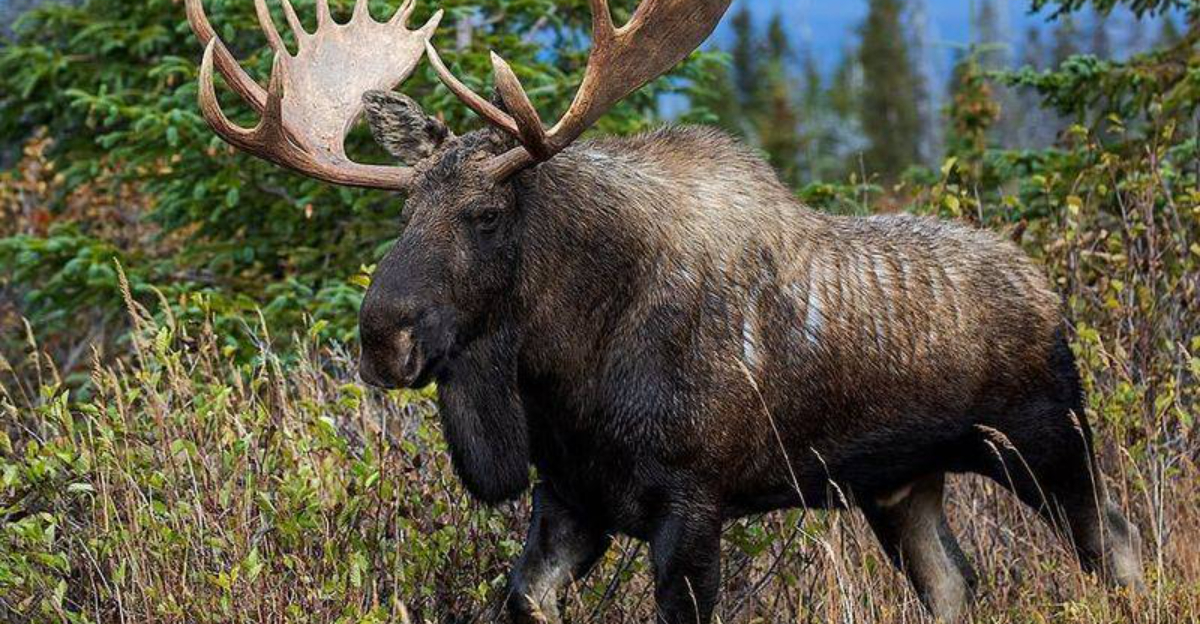
Moose are not just the gentle giants of the forest; they are magnificent creatures with a legacy of awe-inspiring features. From their towering antlers to their unique behaviors, moose capture the imagination of anyone lucky enough to encounter them.
And, did you know Alaska holds the record for the largest moose ever? Buckle up as we embark on a fascinating journey to uncover eight captivating facts about these incredible animals.
1. The Majestic Antlers
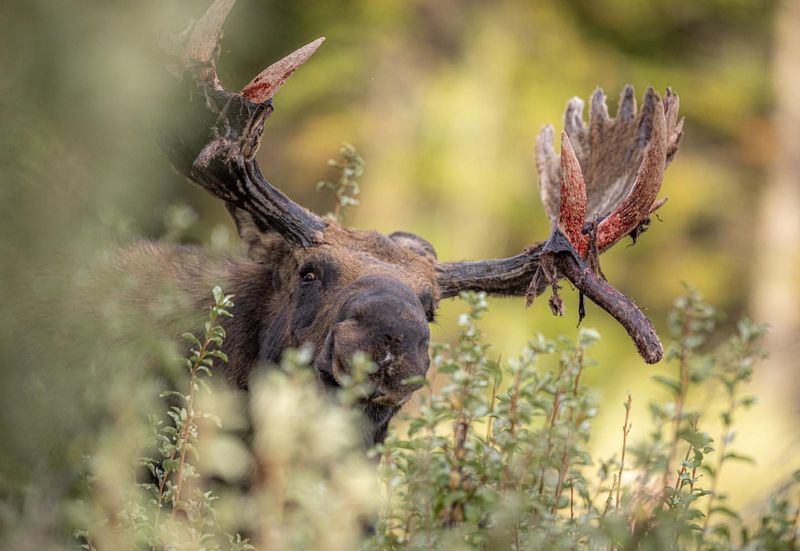
Moose are renowned for their impressive antlers, which can span up to six feet across. Male moose, known as bulls, shed these antlers each year, regrowing them bigger and stronger the following season. These antlers are not just for show; they play an essential role in mating rituals and establishing dominance within the herd. During the breeding season, bulls clash antlers in dramatic battles that echo through the forests.
As symbols of strength and resilience, antlers are also vital in protecting moose from predators. This natural weaponry gives moose an edge in the wild, allowing them to defend themselves and their young. The sheer size and weight of these antlers, sometimes reaching over 40 pounds, make them an iconic feature of this majestic species.
Witnessing a moose with its antlers in full glory is a sight to behold, a true testament to nature’s grandeur. These incredible horns not only serve practical purposes but also contribute to the moose’s regal and awe-inspiring presence in the wild.
2. Moose Diet And Eating Habits
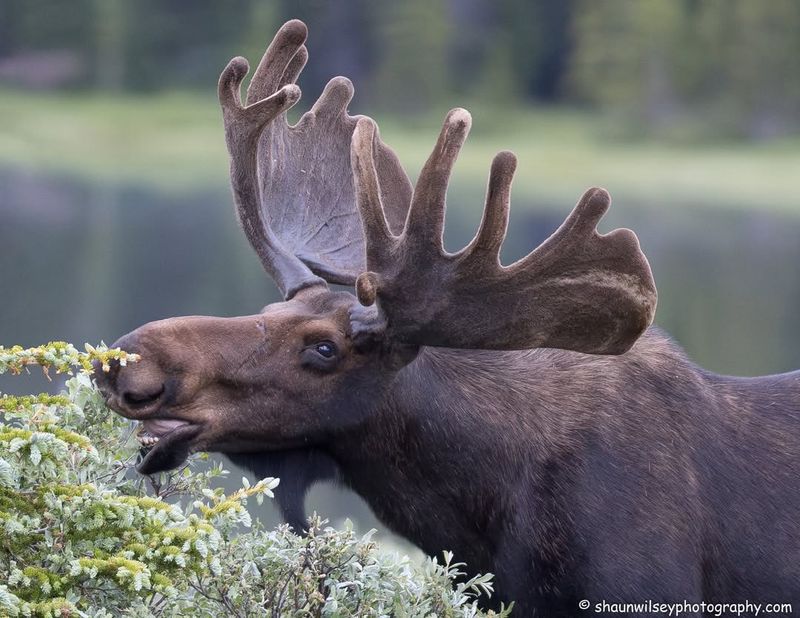
Moose are not picky eaters, but their menu is quite specific. They are herbivores with a diet that varies throughout the year, depending on the available vegetation. In the summer, they feast on a diverse range of vegetation, including leaves, twigs, and aquatic plants. Their love for water-based plants takes them to lakes and ponds, where they dive in to pull up tasty morsels from the muddy bottom.
During winter, when the landscape is blanketed in snow, their diet shifts to woody plants and bark, a necessity in the harsh, cold months. Despite the scarcity of food, moose have adapted to survive on this fibrous diet, demonstrating their resilience in extreme conditions. An adult moose can consume up to 70 pounds of food per day, a testament to their voracious appetites.
Their eating habits not only sustain them but also play a role in shaping the ecosystems they inhabit. By feeding on a variety of plants, moose help control vegetation growth, contributing to the balance of their natural habitat. Observing a moose grazing is like watching nature’s gardener at work, maintaining the delicate equilibrium of the forest.
3. Moose And Their Habitats
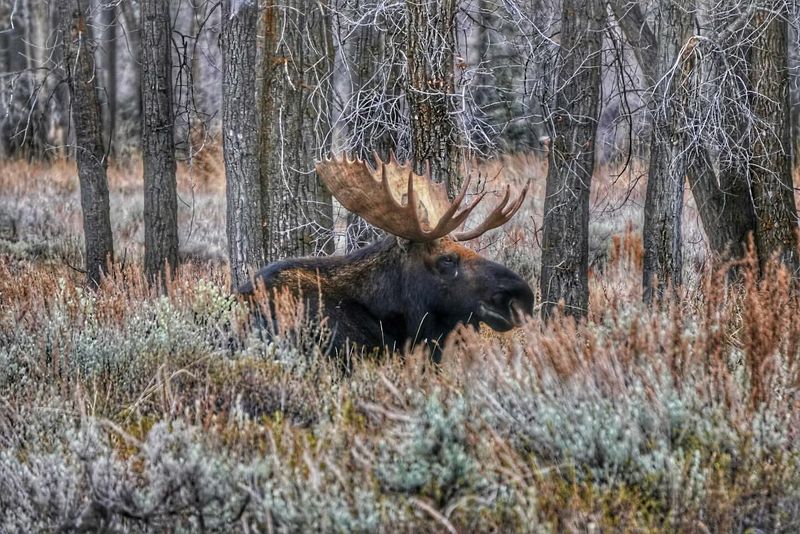
Moose are adaptable creatures that thrive in a range of habitats, from dense forests to open tundras. They are most commonly found in the northern regions of North America, Europe, and Asia, preferring areas with plenty of cover and water sources. These gentle giants are well adapted to cold climates, with thick fur and a layer of fat that insulates them against freezing temperatures.
Their habitats are often characterized by a mix of forested areas and wetlands, providing an abundance of food and shelter. In the summer, they frequent marshes and lakes to feed on aquatic plants, while in the winter, they retreat to the forest for protection against the elements. This seasonal migration is crucial for their survival, allowing them to find food throughout the year.
Moose are solitary animals, typically coming together only during the mating season. Their preference for solitude means they require large territories, sometimes spanning several square miles. This need for space makes habitat preservation essential for moose conservation, ensuring these magnificent animals continue to roam the wild landscapes they call home.
4. Moose Mating Rituals
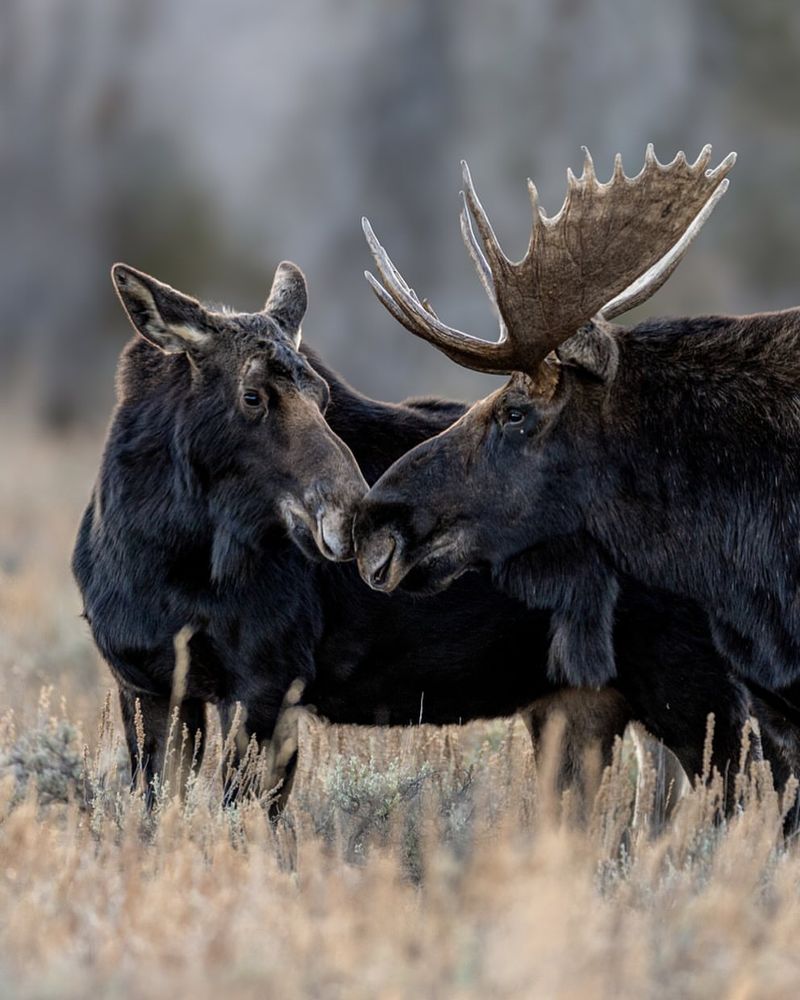
The mating rituals of moose are both mesmerizing and intense, with elaborate displays and fierce competitions marking the fall season. Known as the rut, this period is when bulls become most aggressive, fueled by the drive to win over a mate. The air fills with the sounds of their deep, guttural calls as they challenge rivals and attract females.
Bulls battle for dominance, locking antlers in dramatic displays of strength that can last for hours. These clashes are not just about physical prowess; they also serve to demonstrate the bull’s stamina and virility. The victorious bull earns the right to mate, passing on his genes to the next generation.
Females, or cows, play a crucial role in these rituals, selecting their partners based on the outcomes of these contests. Their choice ensures that only the strongest, most resilient bulls contribute to the gene pool, promoting the health and longevity of the species. The moose mating season is a captivating spectacle, a testament to the primal instincts that drive these magnificent animals.
5. Moose Calves And Motherhood
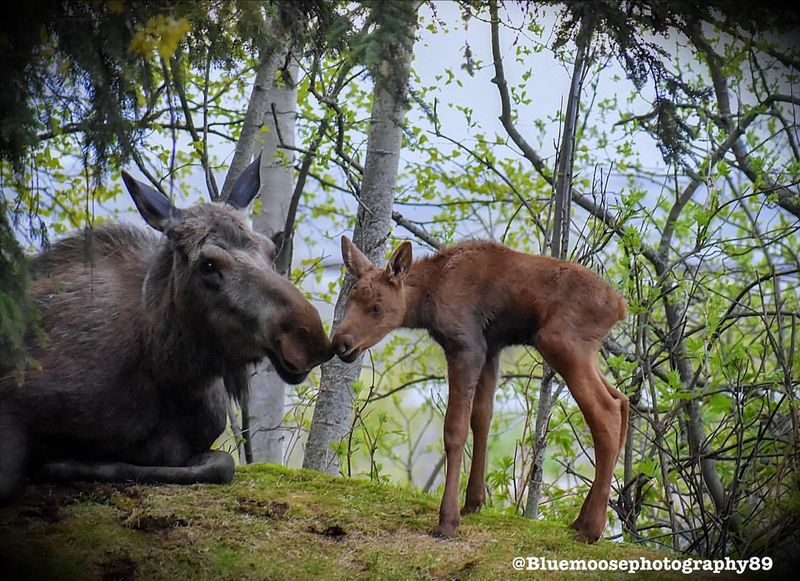
The bond between a moose mother and her calf is incredibly strong, showcasing a tender side to these majestic animals. Calving season typically begins in late spring, with mothers seeking secluded spots to give birth, away from the eyes of predators. A single cow often births one or two calves, which are born with a reddish-brown coat, helping them blend into their surroundings.
From the moment of birth, mothers are fiercely protective of their young, sometimes taking on predators much larger than themselves. This maternal instinct is crucial for the survival of the calves, especially in the first few weeks of life when they are most vulnerable. Moose calves grow rapidly, gaining strength and confidence under the watchful eyes of their mothers.
Their early days are filled with learning and exploration, as they mimic their mothers, learning the skills necessary to navigate the wild. By the time winter arrives, calves have learned to forage and fend for themselves, though they often remain with their mothers for at least a year. This nurturing bond is a beautiful aspect of moose life, ensuring the continuation of their lineage.
6. Moose Behavior And Communication
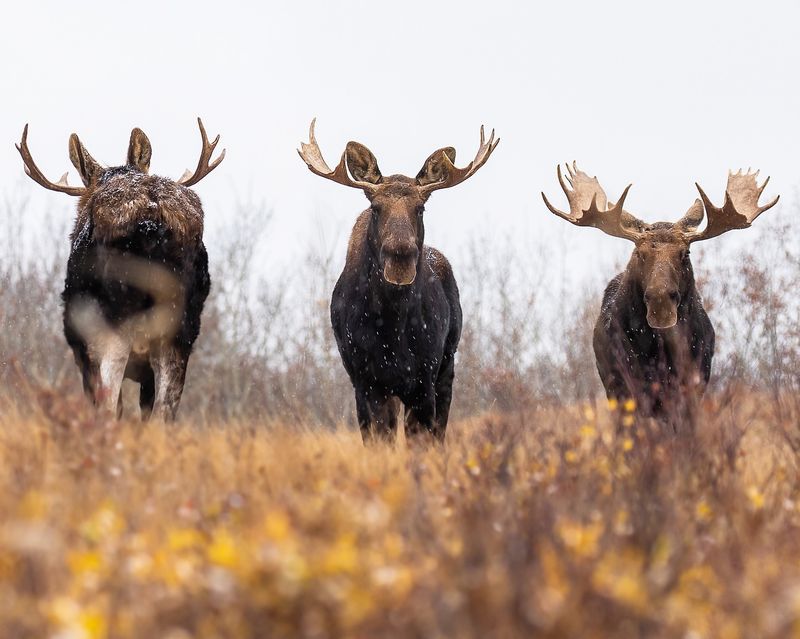
Moose are known for their quiet demeanor, but beneath this calm exterior lies a complex system of communication and behavior. They use a combination of vocalizations, body language, and chemical signals to interact with each other and their environment. From grunts and moans to the iconic bellowing of a bull during mating season, these sounds convey a wealth of information.
Body language also plays a crucial role in moose communication. A raised chin or flattened ears can signal aggression or submission, while a swaying head may indicate curiosity or playfulness. These signals help moose navigate social interactions, establishing hierarchies within the herd and avoiding unnecessary conflicts.
Chemically, moose use scent-marking as a way to communicate territorial boundaries and reproductive status. They rub their bodies against trees and bushes, leaving behind pheromones that convey important messages to other moose. This silent language of scent is a vital part of their world, allowing them to maintain order and harmony within their habitat.
7. Moose Adaptations To Cold Weather
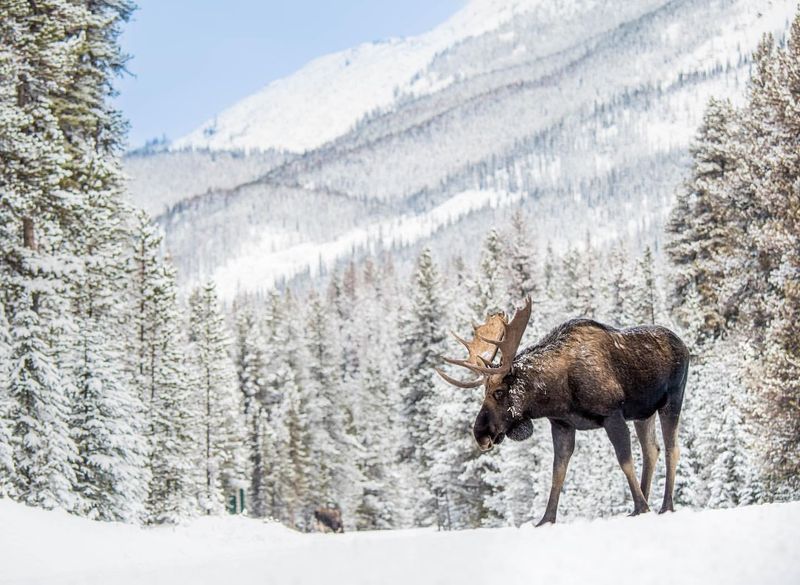
Moose are experts at surviving harsh winter conditions, thanks to a host of adaptations that make them formidable inhabitants of cold climates. Their thick, insulating fur provides a natural barrier against the biting cold, while a dense undercoat traps heat close to the body. This fur is so effective that moose can often be seen covered in a layer of frost, evidence of their warmth in freezing temperatures.
Their long legs are another adaptation, allowing them to move through deep snow with ease, while their large hooves distribute their weight evenly, preventing them from sinking. These hooves also act as natural snowshoes, enabling moose to traverse the winter landscape in search of food.
Internally, moose have a specialized digestive system that helps them extract maximum nutrients from their fibrous winter diet. This efficiency ensures they maintain energy levels even when food is scarce. These adaptations are a testament to the moose’s resilience and resourcefulness, making them true masters of their snowy domains.
8. Largest Moose Ever In Alaska
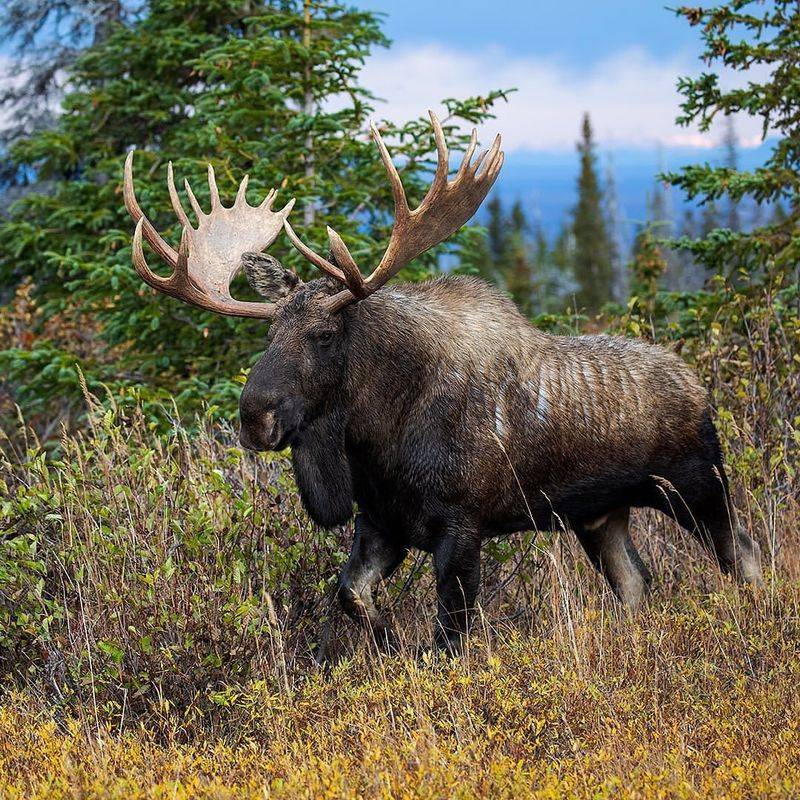
The record for the largest moose ever spotted in Alaska is a testament to the grandeur of this species. This colossal moose weighed in at an astonishing 1,808 pounds and stood over seven feet at the shoulder, a true giant among giants. Found near the Yukon River, this moose’s antlers alone were a spectacle, spanning over six feet and weighing more than 75 pounds.
This record-breaking moose exemplifies the peak of moose evolution, showcasing what these animals can achieve under ideal conditions. The lush, nutrient-rich environment of Alaska provides the perfect setting for moose to reach such remarkable sizes. With abundant food sources and vast territories, moose here grow larger and stronger than anywhere else.
Encountering such a massive creature in the wild is a humbling experience, reminding us of the power and majesty of nature. This giant moose has become a symbol of Alaska’s wilderness, inspiring awe and respect for the natural world. It’s a fascinating example of how wildlife thrives in the pristine, untamed landscapes of the north.

